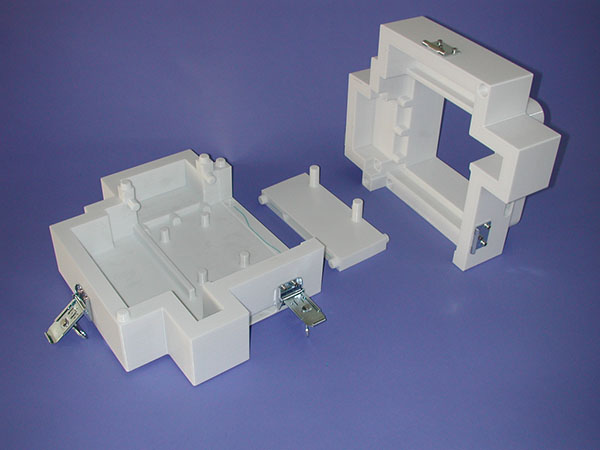The increasing pressure from globalization has led the manufacturing world to look for ways to reduce their manufacturing costs and timelines without sacrificing its quality. These new ways and means, however, should not neglect the manufacturer’s drive for sustainability.
There are a lot of changes that happen in the manufacturing industry in the last 15 years. All of them are geared towards fulfilling the objectives we have mentioned earlier. These transformations are focused towards improving quality, shortening lead times, accommodating the rapid changes in design and volume, and the involvement of employees in its continuous improvement.
As you can see, the first three objectives are more on product and process development. It comes as no surprise because manufacturers need to come up with new designs to remain competitive. In this article, we are going to discuss further how rapid tooling has changed the tooling process.

Rapid tooling services*
Rapid tooling services is from dankoarlington.com
Product Development and Rapid Tooling
The process of product development starts with creating a 3D model from a design using a CAD system. This stage is called rapid tooling, and it is a significant stage because it defines the geometry of the product while establishing its dimensional characteristics.
This product and process development is supported by a suitable manufacturing technique supported by computer-aided programs. Rapid tooling techniques include a wide range of engineering software that can determine the product performance and manufacturing processes without producing physical prototypes.
The process of producing the prototype and its components is one of the most time-consuming and costly phases in product development. To solve this issue a new generation of production methods were developed. This method is called rapid tooling, and it offers the potential to revolutionize the manufacturing process.
The increase in the demand for rapid prototyping has paved the way for producing prototypes and production tooling.
What is Rapid Tooling?
Rapid tooling is a phase wherein there is a quick production of tools through the prototypes made by rapid prototyping. The technologies used in rapid tooling have only one goal, to reduce the lead times and cost of production using subtractive and additive techniques.
There are two basic approaches used in rapid tooling: the additive process wherein the desired object is built layer by layer and the subtractive process using CNC machining technology. Both techniques use digital databases and CAD/CAM to produce the tooling quickly.
There are various ways in which these techniques are used to create tooling. It includes any of the following:
- Creation of pattern and mold directly from the block of material using CNC machining
- Fabrication of pattern using the appropriate additive process
- Creation of the mold using vacuum casting process
The different types of rapid tooling to be used depends on the approach. There are three choices available: soft tooling, hard tooling, and bridge tooling.
Transforming the Tooling Landscape
Shortening the lead times and improving design flexibility are just two of the significant benefits of rapid tooling. This manufacturing process is becoming increasingly popular because many companies are looking to improve efficiencies, and they want to be the first to market new products. Thanks to the introduction of rapid tooling, they now have a reduced production time from months to weeks and, in some cases, to days.
